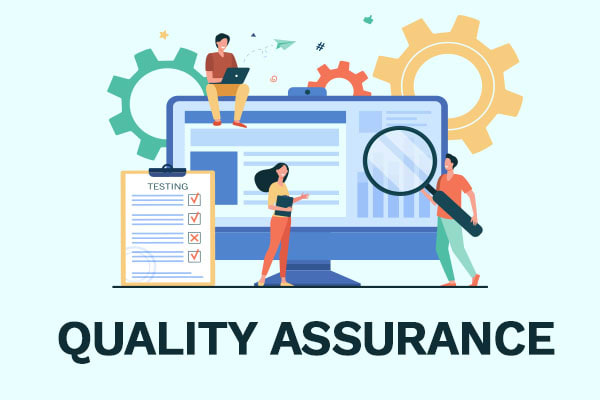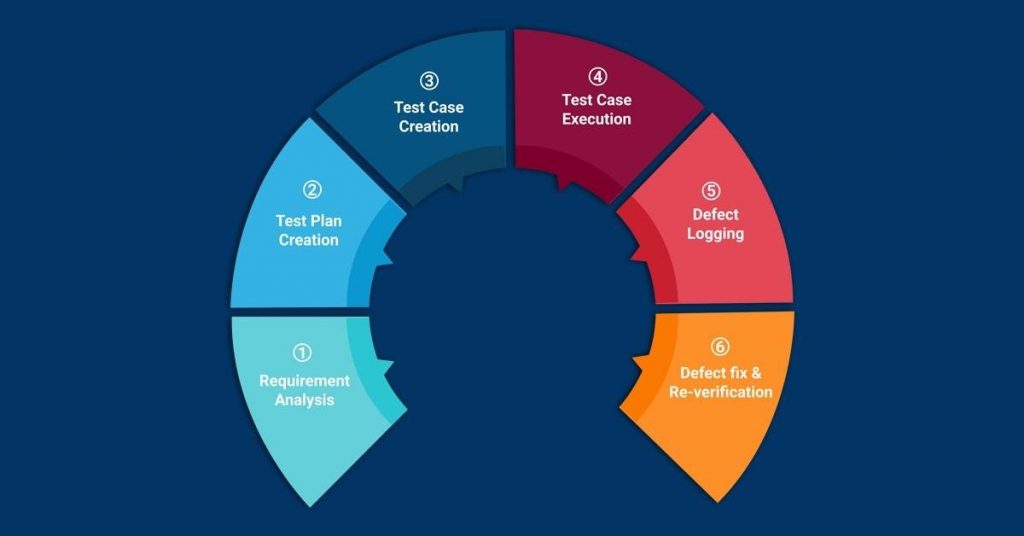Introduction
The term is usually used from an associate application developer’s perspective.
Example-A full-stack developer – somebody who will do each front-end and back-end coding or somebody who is knowledgeable of all the front-end and back-end technologies. the same concept is applicable to Quality Assurance Engineers.
What is a Full Stack QA Engineer?

A QA engineer performing on all aspects of quality and using totally different testing strategies to test their application is termed a full-stack QA engineer. A full-stack QA engineer is going to be comfortable operating across all of the application’s layers and can be familiar with massive parts of its functionality.

Basically, QA engineers monitor each phase of the software development method to make sure style quality, making sure that the software adheres to the standards set by the development company and therefore the client. to place it otherwise, they assist make sure that the ultimate product will be what it’s supposed to be.
Using the most effective practices of Quality Assurance ensures that the product complies with the wants and works because it ought to. within the long run, QA saves you time and cash, makes your product competitive, helps to make and maintain a decent reputation.
What Does a QA Engineer Do?

The main goal of QA engineers is to prevent defects. quality control specialists, in their flip, analyze the test results and notice mistakes. They’re answerable for identifying and eliminating defects during a product or, in different words, these engineers confirm that developers get the results they expect.
Role of QA Engineer: The main role of QA is quality assurance. A QA engineer focuses on software development processes and preventing defects in production. In different words, they create certain the software package development team is doing the proper things the proper way. The QA engineer job scope embraces a variety of duties.

Full Stack QA Engineer Skills You Need to Know:
- Strong knowledge of Agile methodology, software QA methodologies, tools, and processes.
- Ability to write test scenarios and test cases for manual testing.
- Ability to write unit and integration tests.
- Understanding of testing frameworks.
- Writing automation test cases on tools like Selenium WebDriver.
- Experience in API automation such as Postman.
- Experience with Continuous Integration and Continuous Delivery tool such as Jenkins.
- Experience in Bug tracking and reporting.
Advantages of QA Engineer:
The advantages of continuous learning – during this job role, someone has to learn to find out multiple technologies or tools. As explained earlier, a full-stack QA engineer is going to be answerable for each manual and automation testing. If you explore the abilities mentioned within the higher than section, you’ll be able to understand what kind of information a full-stack QA engineer is needed to own. For such a wide range of skills, you would like to stay learning new skills offered within the market at regular intervals and keep yourself updated.
Good salary – Due to the multiple skills requirements from one resource, corporations are going to be able to pay more cash for a decent candidate. Hence, full-stack QAs are better-paid specialist QA or Test Automation Engineers.
Responsibilities QA Engineer:
You may ask what does a software QA engineer does in detail? Let’s talk about Quality Assurance engineer duties. You can check the list of responsibilities below:

- Analyze and clarification of requirements with a customer or a business analyst
- Plan the process of testing
- Write test cases (test scripts)
- Conduct functional testing
- Identify problem areas, add them to a tracking system
- Discuss fixes with developers
- Track the life cycle of errors
- Re-test fixed defects
- Analyze testing
- Optimize the testing process
- Analyze the teamwork processes
- Improve processes
- Maintain the test documentation
Scope of QA engineers
Based on the analysis done on some job portals, we will safely create the subsequent conclusion in terms of demand for a full-stack QA engineer.
Worldwide, there’s good demand for full-stack QA engineers particularly in continents like Europe, North America, and Asia as well. Full-stack QA engineers even have sensible growth opportunities as test Architects within the future as a result of their expertise in almost all the elements of the software testing method.
Conclusion
For anyone curious about ‘software testing’ as a career, having experience altogether areas of testing are going to be useful not just for the candidate however conjointly for the hiring company. This role may be seen as a really important role in any organization and it’ll additionally help to spice up career growth.
I hope this article was useful for those who are searching for a modification in their testing career and also for those who are planning to begin their career in software testing.

